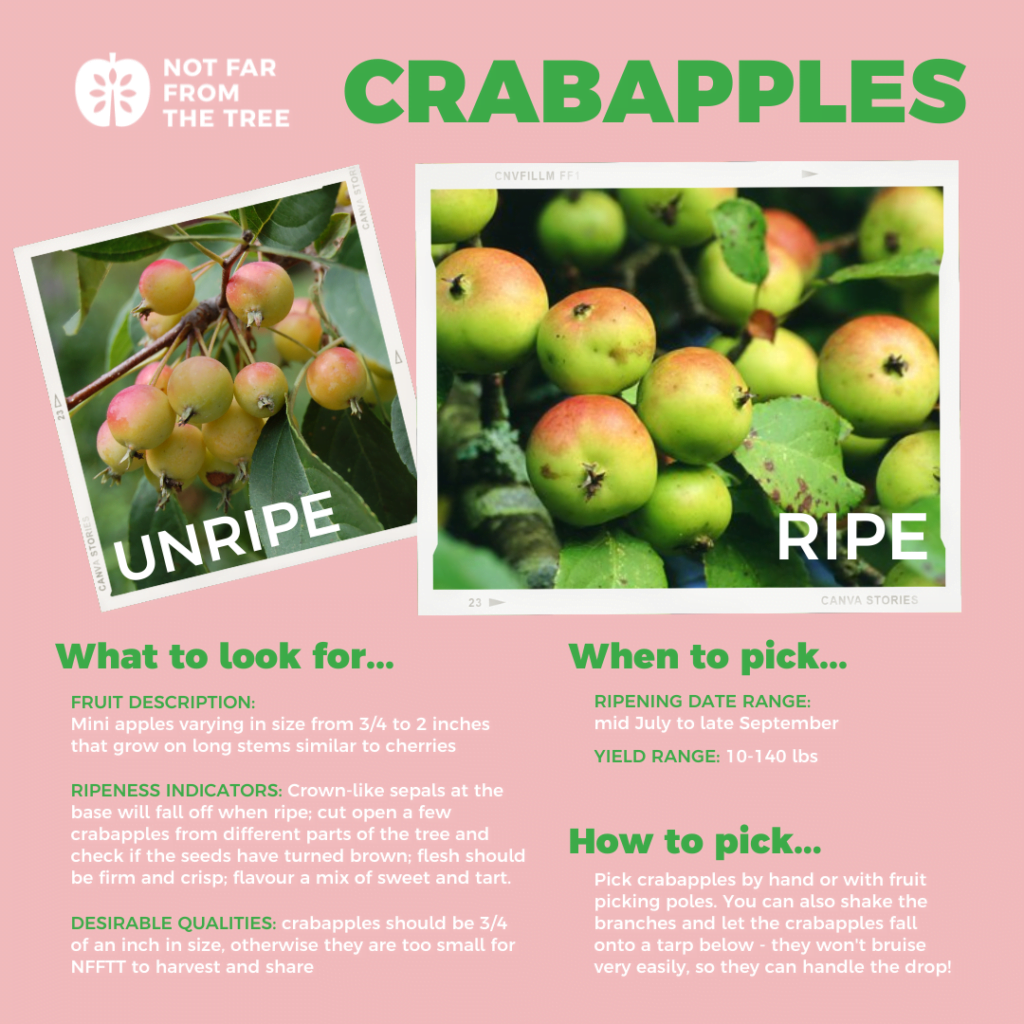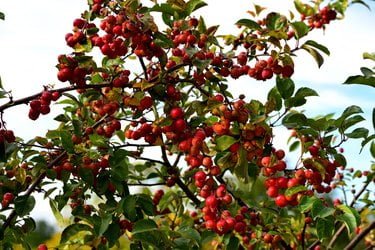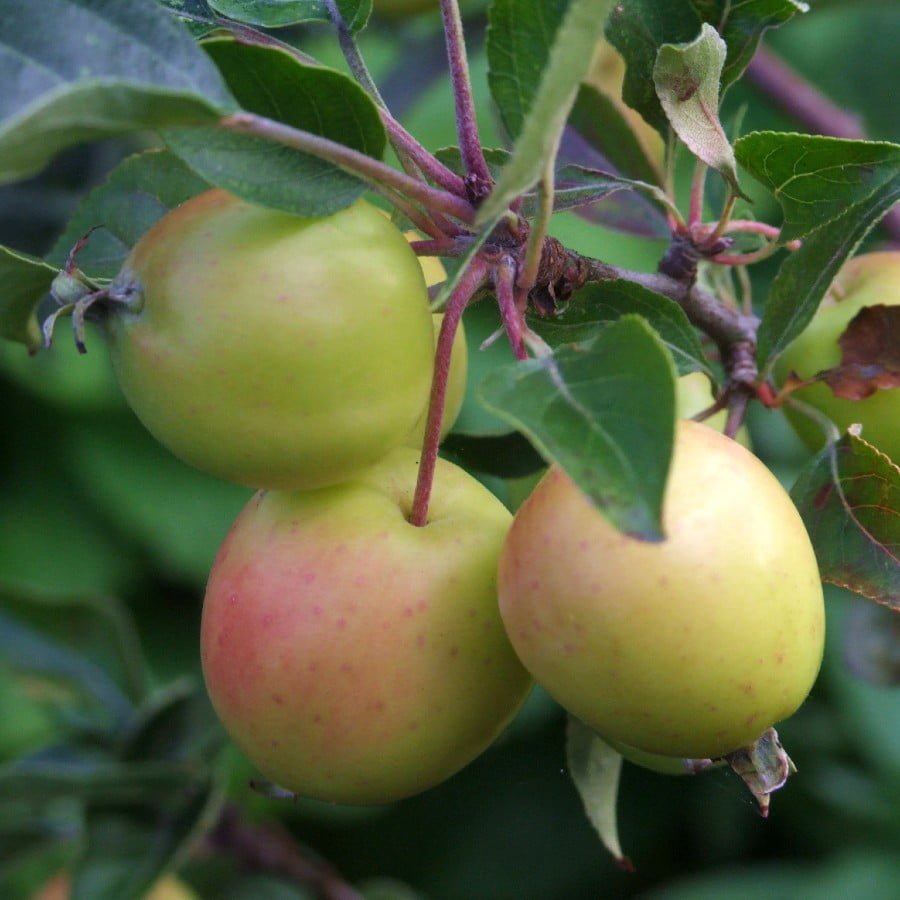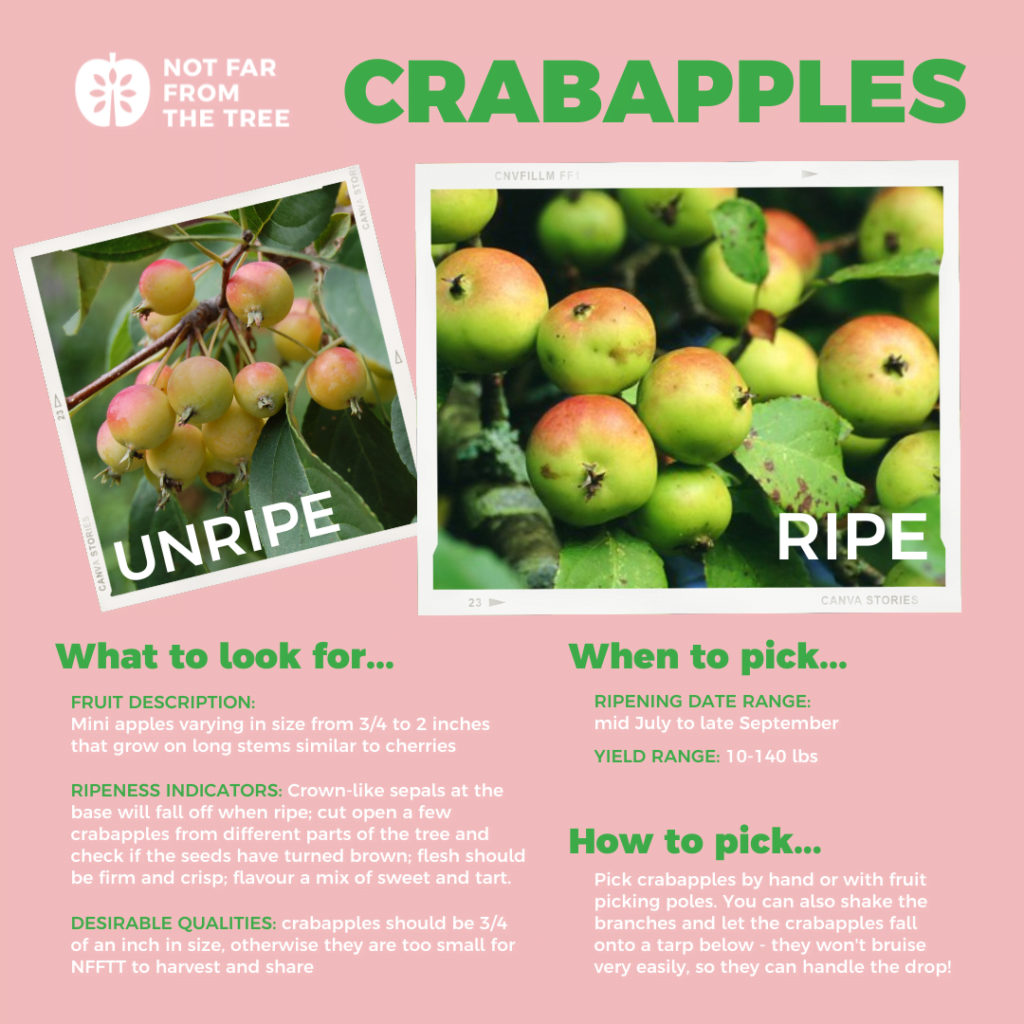Determining the ideal time to harvest crab apples can be a precise endeavor, necessitating a thorough understanding of the fruit’s characteristics and development. These diminutive fruits, known for their tartness and vibrant hue, require careful observation to spot the signs of ripeness. From assessing color changes to evaluating firmness, this article will provide you with valuable insights on precisely when crab apples are at their peak of perfection, ensuring that your harvest is both bountiful and of exceptional quality.

Factors Affecting the Ripeness of Crab Apples
Crab apples are small, tart fruits that are commonly used in baking and making preserves. The ripeness of crab apples is influenced by various factors, including climate and weather conditions, tree variety, growing location, pest and disease, fruit development, and color change. These factors play a crucial role in determining the optimal time for harvesting and ensuring the best quality of the fruit.
Climate and Weather Conditions
The climate and weather conditions in a specific region have a significant impact on the ripening process of crab apples. Temperature, precipitation, and sunlight are three primary aspects of climate that can affect the fruit’s development and maturity.
Temperature
Temperature plays a crucial role in determining the ripeness of crab apples. Generally, crab apples require a certain number of chilling hours, which are the number of hours the temperature stays below a certain threshold during winter. Insufficient chilling hours can delay the fruit’s development and result in underripe crab apples.
Precipitation
The amount and distribution of precipitation are also important factors in the ripening process. Adequate water supply during fruit development is essential for proper growth and maturity. However, excessive rainfall or prolonged periods of drought can negatively impact the ripening of crab apples.
Sunlight
Sunlight is vital for photosynthesis, a process through which plants produce sugars and other nutrients. Sufficient sunlight exposure ensures that crab apples receive the necessary energy to mature and ripen. Lack of sunlight or excessive shading from surrounding trees can slow down the ripening process.
Tree Variety
The variety of crab apple tree you have in your orchard or garden significantly affects the ripening time of the fruit. There are numerous cultivar types of crab apples, each with its own unique characteristics and ripening periods.
Crab Apple Cultivar Types
Some common cultivar types of crab apples include ‘Centennial,’ ‘Dolgo,’ ‘Hopa,’ ‘Prairifire,’ and ‘Royal Ruby.’ Each of these cultivars varies in fruit size, shape, color, and taste. Understanding the specific characteristics of your chosen cultivar can help you determine the expected ripening time.
Fruit Characteristics
Certain physical aspects of the fruit, such as color, size, and texture, can provide valuable cues about its ripeness. As crab apples mature, their color changes from green to yellow, pink to red, or other color variations. Additionally, the size, shape, and texture of the fruit can also indicate its level of ripeness.

Growing Location
Where you grow your crab apple trees can also have a significant impact on the ripening process. Several factors related to the growing location can influence the fruit’s development and ultimately affect its ripeness.
Latitude and Altitude
The latitude and altitude of a particular region determine the climate and growing conditions. Higher latitudes and altitudes often have cooler climates, which can extend the time needed for crab apples to ripen. On the other hand, lower latitudes and altitudes with warmer climates may accelerate the ripening process.
Soil Conditions
The soil composition and quality in your growing location can affect the availability of nutrients and water to the tree. Well-drained, fertile soils with good organic matter content are ideal for crab apples and can contribute to optimum growth and fruit ripening.
Availability of Water
The availability of water in the growing location is crucial for the proper development and ripening of crab apples. Consistent moisture is necessary during fruit development. Insufficient water supply or drought conditions can lead to delayed ripening or poor fruit quality.
Microclimates
Microclimates are a localized set of climatic conditions that differ from the surrounding areas. Factors such as nearby structures, trees, water bodies, or slopes can create variations in temperature and sunlight exposure. These microclimates can affect the ripening time of crab apples by providing either favorable or unfavorable conditions.
Pest and Disease
Various pests and diseases can have a detrimental impact on the ripening of crab apples. Insects, fungal diseases, and bacterial infections can all contribute to delayed or premature ripening and affect the overall quality of the fruit.
Insects
Insects such as aphids, caterpillars, and apple maggots can damage the fruit and hinder its ripening. They feed on the developing fruit, causing deformities and introducing secondary infections. Effective pest management strategies are crucial to prevent damage and ensure proper fruit ripening.
Fungal Diseases
Fungal diseases like apple scab, powdery mildew, and fruit rot can affect the ripening process of crab apples. These diseases can cause premature defoliation, fruit decay, and inhibit proper fruit development. Regular monitoring, appropriate fungicide applications, and maintaining good tree health are essential to prevent fungal diseases.
Bacterial Infections
Bacterial infections, such as fire blight, can have severe consequences on crab apple fruit. Infected fruit may fail to ripen properly or may experience premature rotting. Implementing preventive measures and timely treatment can help control bacterial infections and promote healthy fruit ripening.

Fruit Development
The development of crab apples from flowering to fruit growth and maturity is a complex process influenced by several factors. Understanding the different stages of fruit development can aid in determining the optimal time for harvesting.
Flowering
The flowering stage marks the beginning of fruit development. Crab apple trees produce clusters of small, fragrant flowers in various colors. Adequate pollination during this stage is essential for the subsequent growth and development of the fruit.
Pollination
Pollination is the transfer of pollen from the male reproductive parts of a flower to the female reproductive parts. Successful pollination ensures the formation of fruit and is crucial for fruit development and ripening. Bees, butterflies, and other insects often play a vital role in pollinating crab apples.
Fruit Set
After successful pollination, the fruit begins to develop. The fruit set stage determines the number of fruits that will mature on the tree. Factors such as the availability of nutrients, water, and environmental conditions during this stage influence the final crop yield.
Fruit Growth
During the fruit growth stage, the crab apples increase in size, while the sugars, acids, and other components within the fruit develop and accumulate. The pace of fruit growth is influenced by various factors, including the availability of sunlight, water, and nutrients.
Color Change
Color change is an essential visual indication of a crab apple’s ripeness. Different varieties of crab apples exhibit specific color changes as they mature. Understanding the typical color transitions can help determine the optimal time for harvesting.
Green to Yellow
Many crab apples start as green fruits and gradually transition to yellow as they ripen. The intensity of the yellow color can vary between cultivars. Monitoring this color change can provide a reliable indication of ripeness.
Pink to Red
Some crab apples, especially those classified as ornamental varieties, change from pink to red as they mature. This color change often occurs in round, glossy fruit and signals that they are ready for harvesting.
Color Variations
Crab apples may exhibit various other color variations during ripening, depending on the cultivar. Some varieties may have striped or speckled patterns, while others may turn completely red, orange, or even purple. Familiarizing yourself with the specific color characteristics of your chosen cultivar is essential.
Physical Signs of Ripe Crab Apples
Apart from color, several physical signs can help identify when crab apples are ripe and ready for harvesting. These signs indicate the fruit’s texture, firmness, size, and stem appearance.
Firmness
Ripe crab apples should feel firm but yield slightly when pressed. They should not be too soft or mushy, as this may indicate overripeness or deterioration.
Size and Shape
The size and shape of crab apples can vary depending on the cultivar. Generally, ripe crab apples should have reached their mature size, which is consistent with the characteristics of the specific variety.
Texture
The texture of ripe crab apples should be smooth and free from any significant blemishes, bruises, or signs of decay. It should feel uniform and consistent throughout the fruit.
Stem Appearance
A ripe crab apple should separate easily from the tree when gently twisted or pulled. The stem should be woody and appear healthy, without any signs of mold or rot.
Harvesting and Storage of Crab Apples
Knowing the optimal time to harvest crab apples is crucial to ensure their flavor, texture, and overall quality. Proper harvesting techniques and suitable storage conditions further extend the fruit’s shelf life.
Timing of Harvest
Crab apples should be harvested when they have reached their peak ripeness. This can vary depending on the cultivar and the specific growing location. Regular visual inspections and periodic taste testing can help determine the ideal time for harvest.
Techniques for Harvesting
To harvest crab apples, use clean gardening shears or a sharp knife to cut the fruit off the tree. It is important to handle the fruit carefully to avoid any damage. Place the harvested crab apples in a sturdy container or basket to prevent bruising.
Storage Conditions
Crab apples can be stored for several weeks under proper conditions. Ideally, store the fruit in a cool, dark place with low humidity. Avoid storing them alongside other fruits, as some fruits emit ethylene gas, which can cause premature ripening in crab apples. Regularly inspect the stored fruit and discard any damaged or rotting apples to prevent spoilage.

Conclusion
Several factors contribute to the ripening of crab apples, including climate and weather conditions, tree variety, growing location, pest and disease, fruit development, and color change. By considering these factors and monitoring the appropriate physical signs, one can determine the optimal time to harvest and enjoy fully ripe and flavorful crab apples. Proper storage techniques further ensure the longevity of crab apples, allowing them to be savored throughout the season.




